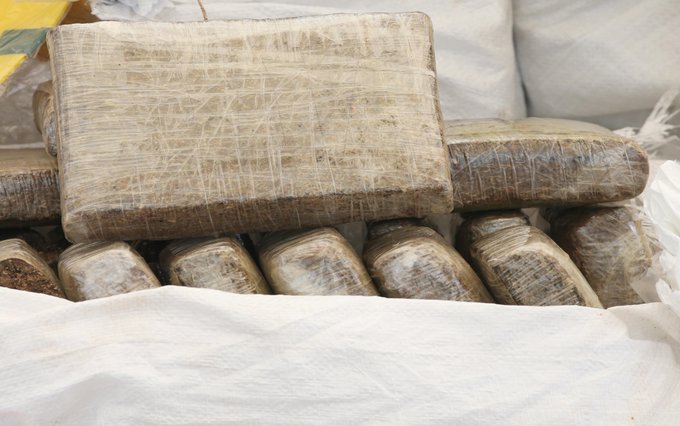
A brief history of hash and how to make it
Hashish has been around for a long time, but some people may still not know exactly what it is. There is a story behind it and it can be made right at home with a little time and patience. Simply put, hash is a cannabis extract formed by collecting and compressing the trichomes of the cannabis plant.
Trichomes are the strongest material that comes from cannabis plants. Strains with a heavy trichome coating typically have more cannabinoids and terpenes. The resin glands that line the surface of cannabis plants are removed and processed into a concentrated form. Trichomes are important because not only do they determine the aroma, flavor and effect of a cannabis strain, but they are also a mark of quality for consumers and growers. Hash contains essentially the same active ingredients as marijuana, except in a more concentrated THC form.
Hash is usually smoked in a pipe or bong, or “dapped” with a special tool or vaporizer pen (“vape”). It can be rolled into a “blunt” (made from an empty cigar) with marijuana or tobacco. It can be added to food or brewed as a tea. Compared to cannabis, hash has a much higher THC content because it is an extract.
history of hashish
The word “hashish” comes from the Arabic language and roughly translated means “weed”. The history of hash is quite similar to the history of cannabis. Ancient civilizations used the hemp from the cannabis plant to make paper, rope, and other useful goods, including medicine. Historians say hash has been used and produced for thousands of years. In Persia, hashish could be bought in pharmacies around the 1940s, and in France two texts on the subject were published. In 1869, doctors in Germany began using it as an anesthetic. It became legal in Turkey and Greece in the late 1800s, but it wasn’t long before they cracked down on its use in the 1920s.
In the 19th century, European physicians imported hashish for research purposes, leading to the introduction of various extraction methods that allowed further refinement of cannabis tinctures and medicines. In 1995, locally produced hash appeared in Amsterdam coffee shops.
Just like cannabis, the history of weed is constantly changing and evolving. As it is the same plant, just in a different form, and as cannabis legalization continues to increase, it is predicted that hashish use among cannabis users will continue to increase.
 Photo by Hakuna Matata on Unsplash
Photo by Hakuna Matata on Unsplash
How to make hash
There are a few different methods to actually making your own hash. Importantly, for safety reasons, it is recommended to make hash without solvents. There are ways to make it using household items, but here’s a step-by-step guide on how to make hash using just you and your hands:
Step 1: Make sure your hands are nice and clean and make sure not to use scented soaps or lotions. Try to use the highest quality cannabis buds to get the best product.
Step 2: Rub the cannabis buds between your palms. Be careful not to use too much pressure or force as this could contaminate the collected resin.
Step 3: A resin should form as you continue to rub the cannabis between your palms. Scrape that off and carefully gather it up and place on a clean surface, parchment paper will do. This is a lengthy process, so patience is required.
Step 4: Gradually begin to squeeze the resin mass between your fingers by applying pressure. By continuously pressing against a surface, the paste eventually turns into a solid. If you’re using parchment paper, simply fold the paper over the hash and apply pressure to it.
Now it’s time to enjoy your hard work. You can smoke this in a joint, make some hash brownies or pack it in your bong, or even vaporize it in a vape pen. Have fun and let us know in the comments how your method turned out or if you have other methods that you think have worked well for you.

Post a comment: